Burnt Hair Effect: Creation Techniques and After-Care
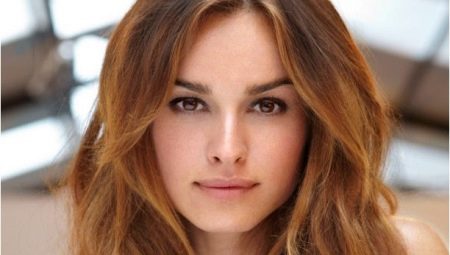
The burnt-out effect is one of the hottest summer trends in coloring. With the help of this technique, you can easily emphasize the light-heartedness of the image, create a sense of volume and lightness. Spectacular highlights along the entire length or intense color mixing that gives a blonding effect - what should dark-haired girls and natural brown-haired women choose? How to get natural sunburn color on long and short hair?

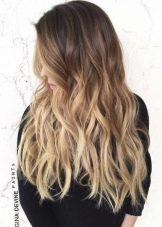
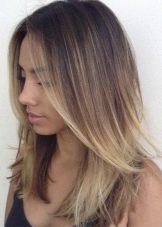
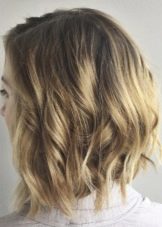
To make the stain look natural, you need to choose one of the modern paint application techniques., allowing you to avoid the uniformity of the distribution of the clarified areas inherent in classical highlighting. In addition, there are tools and methods that allow you to use gentle natural ingredients when lightening individual strands.
Such a procedure cannot be called dyeing, but it also gives a burnout effect, similar to what can be observed on the hair after relaxing on the seaside.
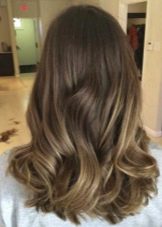
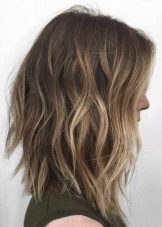
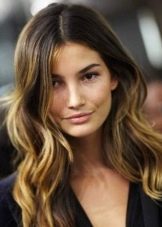
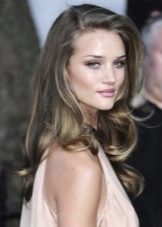
Peculiarities
Every owner of a gorgeous hairstyle knows how strongly sea water and harsh UV rays dry hair. That is why almost all style icons devote as much time to protecting strands from the sun as choosing a cream with an SPF factor. But every girl wants to have beautiful glare, which gives a combination of sea salt and sun rays on her hair. It is not surprising that among salon dyeing procedures, the effect of burnt hair remains one of the most popular options. Mostly light brown or naturally dark strands are exposed to the effect, on which the contrast is clearly visible.
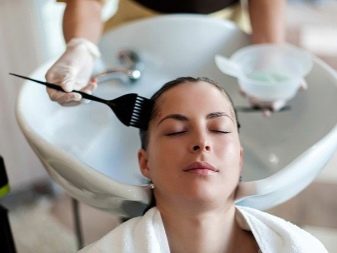
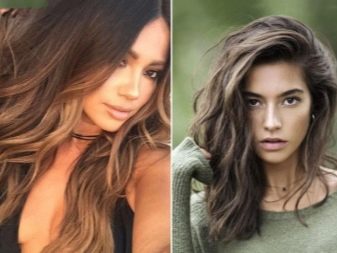
You can get the desired complex and multifaceted color by preserving the natural shade of the hair at the roots with a gradual lightening of the strands to the ends. Some techniques simulate sun-bleached hair with an even distribution of contrasting strands.
On light brown and light brown hair, Venetian highlighting, light as a cobweb, or a chaotic distribution of light areas, is better suited.
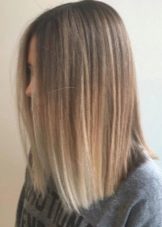
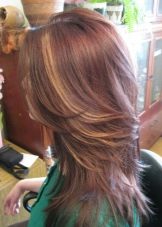
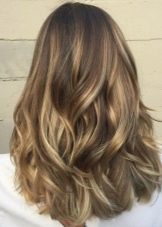

Important distinctive features of dyeing with the effect of burnt hair are the following.
- Preservation of the effect of natural burning of strands in the sun. There are no overly bright accents, all highlights are performed in a lightened range of colors and shades.
- Natural or darker natural root tone. It allows you to make the result of staining more natural, without sharp contrasts.
- Minimal negative impact on hair. With a large array of light strands, you can try on the image of a blonde without risking the health of your hair. Lightening 2-3 tones won't hurt them much.
- The ability to mask the first gray hair without a radical change in color, correction of unsuccessful experiments with the style and color of the hairstyle.
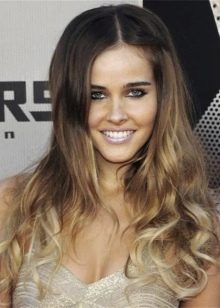
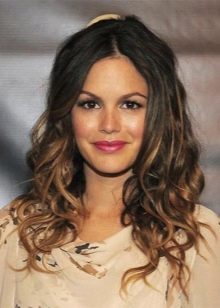
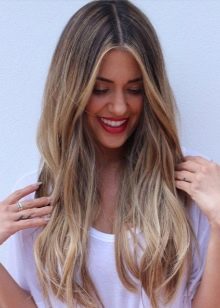
Considering all these points, it is safe to say that many girls and women are ready to take advantage of the opportunity to try on the image of a carefree beach beauty today. But do not forget that any complex staining techniques require professional intervention.
Otherwise, instead of a beautiful visual effect, you can get overdried strands, not very similar to the result of the action of the sun and the sea air saturated with salt.
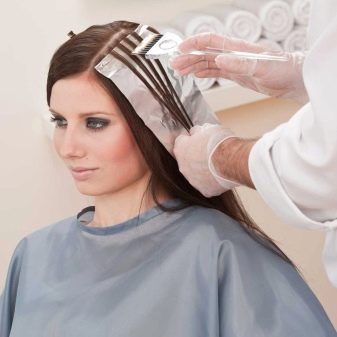
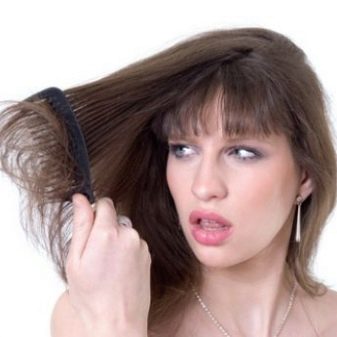
Technique types
The modern beauty industry offers women a variety of ways to highlight individual hair strands. Among the available techniques, one can note both those that provide for lightening along the entire length, and staining individual areas. Depending on the desired effect, the master also selects methods of influencing the strands.
Bronding
Unlike monochromatic blonding, bronzing technique preserves the natural shade of hair at the roots and on the substrate. Only the surface of the hair is colored, and the application of the composition is performed with a brush, with wide strokes and does not greatly affect the overall tone. This effect looks especially beautiful on light brown hair, for which the natural choice of the technique of highlighting the strands is important. Unevenness of application also contributes to the formation of visual volume, a feeling of thickness.
The big plus of bronzing is the infrequent repetition of the procedure. On average, the resulting effect will have to be renewed once every 2-3 months, the rest of the time the roots will grow freely without changing the attractiveness of the image.
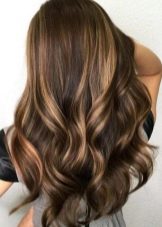
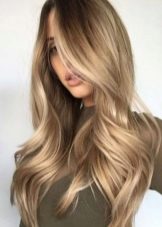
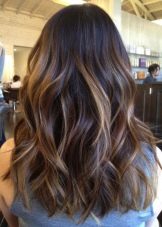

California highlights
Initially, this particular method of coloring was considered the only correct one for creating natural highlights. The combination of dark hair at the roots and strands of varying degrees of lightening along the entire length creates an effect typical for surf lovers. It is they who set the tone for all the fashionistas of the California coast with its eternal summer.
For this technique, open dyeing is used without foil or other elements covering part of the hair. Thin strands are selected, no more than 3-4 mm, some of them are simply lightened, the rest are additionally tinted to achieve the effect of a play of light.
Venetian veil highlighting performed on dark hair is one of the varieties of Californian.
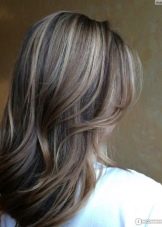
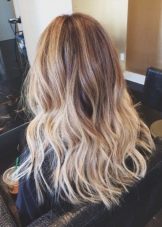
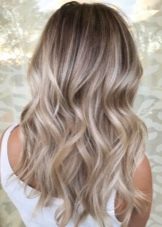
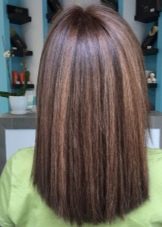
Shatush
A method of dyeing hair that preserves dark roots and stretches the color along the length of the hair. For the shatush technique, the length of the hair is very important - to obtain a beautiful gradient, it should be as large as possible. The transition from light to dark occurs as naturally as possible, without sharp lines. Coloring mainly affects the middle and ends of the hair, does not require frequent renewal.
When using the shatush technique, the hair is pre-combed or braided, then the dye is applied in chaotic strokes over the surface. Then the mixture is shaded along the entire length, ensuring the creation of the desired tone stretch effect. You should retreat from the roots by 10-20 cm, so the result will be more natural.
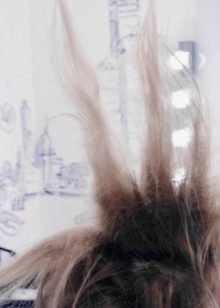
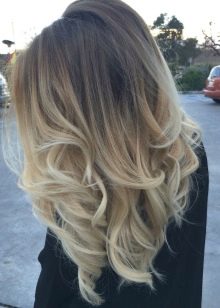
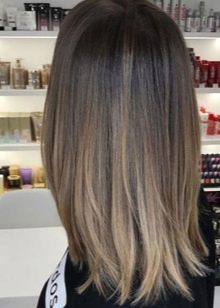
Folk remedies
Since light strands on light brown or dark hair have come into fashion for a long time, in the history of mankind there are many recipes that made it possible to achieve this effect without the use of chemicals for coloring. Among them there are those that can be used for accelerated highlighting of strands today.
- Lemon juice. It is squeezed, applied to selected strands, and then sent to the sun. The brighter the rays are, the more intense the effect will be. However, it is worth considering that lemon juice has the ability to greatly dehydrate the skin and hair. Their state after such staining can be compared with the results of chemical clarification, therefore, the composition on the strands can be kept for no more than an hour.
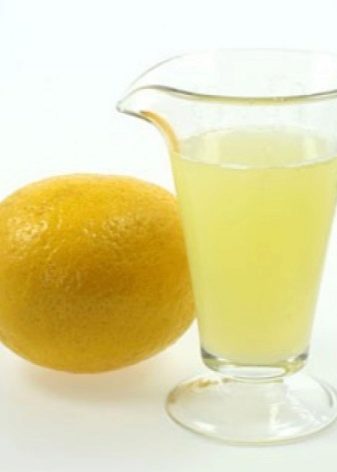

- Honey. This remedy has a beneficial effect on the condition of the hair. But the impact on them should be longer and more intense. Before applying a sweet mask, be sure to wash your hair with shampoo, adding soda to it. The warmed honey is distributed over the strands, which should undergo clarification, then they are wrapped in plastic wrap, insulated with a towel, and left until morning.
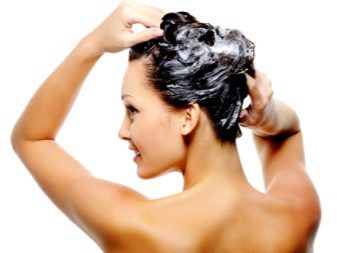
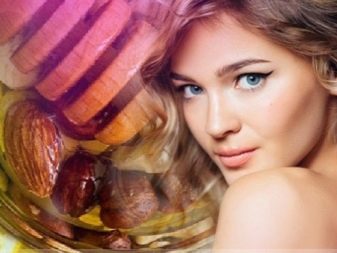
- Chamomile and glycerin. A decoction of dried chamomile flowers (50 g of raw materials per 250 ml of boiling water) is filtered, mixed with 50 ml of glycerin. The mixture is left for 60 minutes to combine the ingredients, then a viscous solution is applied to the hair. The exposure time is 1-2 hours depending on the original color.
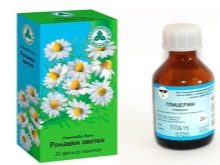
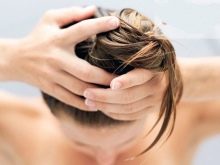
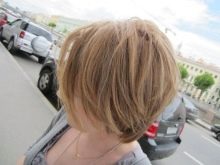
Any folk recipes involve the use of products on uncolored, natural hair. When artificially changing the color pigment, the results of exposure can be completely unpredictable.
Who is it for?
Hair length is critical when choosing a color technique. If the task is to create natural, glare-complemented curls, the owners of curly hairstyles below the shoulders will have an obvious advantage. On curly strands, these effects look especially appropriate. For the shatush technique, long curls are absolutely required, otherwise it will not work to correctly stretch the gradient along the length.
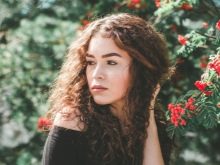


On a straight bob haircut, you can make a booking - this technique will provide a full coverage of the upper part of the strands with a contrasting color, while the effect will look quite natural. It should be added that it works even on fairly light hair, but dark or light brown bases are required for shatush and Californian technology. For short hair, a special lightening technique is usually used, which consists in the formation of a contrasting area only on certain parts of the hairstyle - bangs, ends, temporal region or crown.
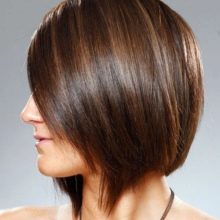
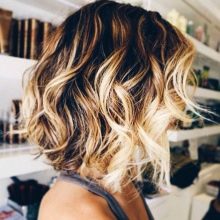
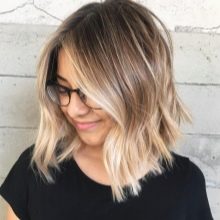
Californian highlights, shatush - techniques that look great in combination with young, radiant skin, a carefree way of a young girl. For adult ladies, multicolor coloring or bronding is more suitable, which allows you to create the desired effects in a more strict and concise version without emphasizing age characteristics.
If you want to try color stretching, it is better to choose balayage or ombre.



How to do it?
Dyeing dark and light brown strands at home using the chosen technique will not be difficult with experience and strict adherence to the sequence of actions. Working with clarifying formulations requires prior testing for allergic reactions. OIt is imperative to protect your hands with gloves, use only high-quality dyes from well-known manufacturers.
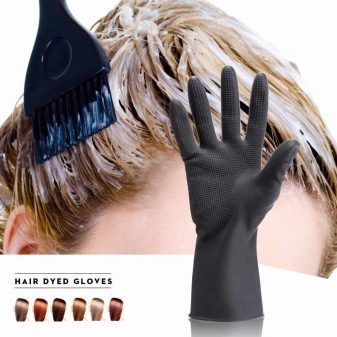

California highlights
To create an American-style sun glare effect you will have to act as follows.
- Divide dry clean hair into 4 large strands - temporal, crown and nape. Secure with clamps.
- Disassemble each part separately into strands of 0.3-1.5 cm. Separate them from each other.
- After 5 cm back from the roots, start applying the clarifier. It is necessary to maintain the composition for about 20-30 minutes, taking into account the manufacturer's recommendations.
- Wash off the clarifier, apply a tinting agent of one or more shades to discolored strands.
- After completing the coloring, wash your hair, use a mask or hair balm.
If the staining compound is gel-like, you can reduce its flowability by diluting it with a mild wax. The quality of staining will not suffer from this.
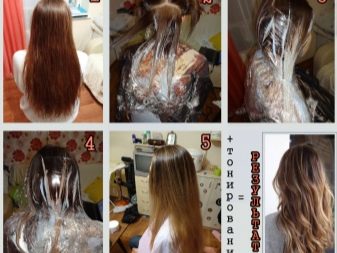
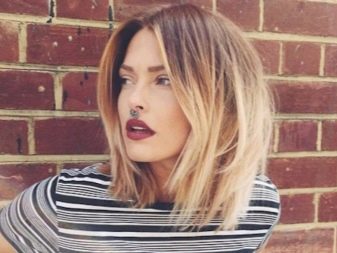
Shatush coloring
For this technique necessary:
- On clean hair, form a horizontal parting, dividing the strands into approximately equal parts. Pin the top with a clamp.
- From the bottom, select several strands of 1.5-2 cm wide, separate them with clips, comb from the root to the edges. Apply the dye, stepping back about 5-10 cm from the root. It is convenient to paint combed strands by hand or with a brush.
- Work the upper part of the hair by analogy with the lower one. The composition is maintained for 10-40 minutes based on the desired intensity of clarification.
- If the result after rinsing is too sharp and bright, you can apply toning.
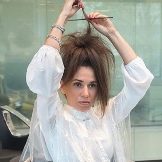
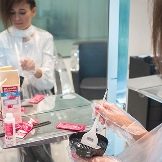
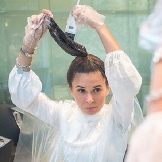
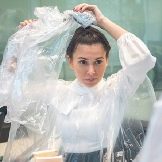
How to take care of your hair after the procedure?
For hair that has been bleached for a burnt-out effect, special follow-up care must be provided. As care and hygiene products, you should use only options for colored hair, taking into account the degree of damage. It is also important to use additional protection against harmful UV exposure.
For these purposes, caring and nourishing products in the form of sprays are used.
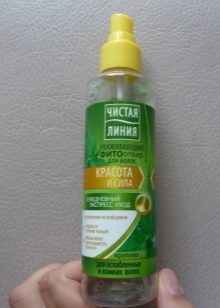
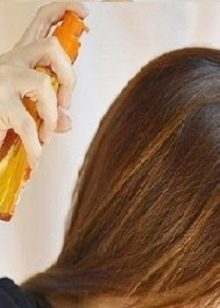
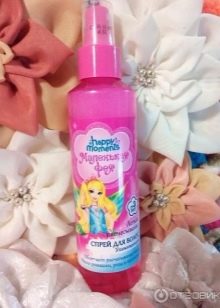
To preserve the aesthetic, neat appearance of the hair after creating the effect of burnt-out strands on it, you need to regularly shorten the ends, cut off damaged and split ends. It is also necessary to minimize contact with heating devices - a curling iron, a hair dryer, a straightening iron. If styling is not possible without them, you should purchase special heat protection creams that do not require rinsing, and apply them before the start of thermal exposure.
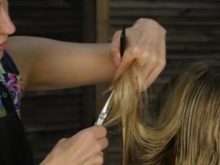
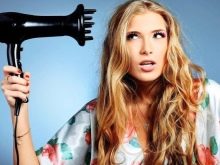
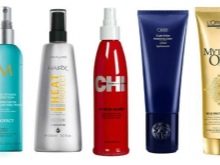
By following all the recommendations, you can easily achieve the desired refreshing or rejuvenating effect and keep the beauty of your hair for a long time. It is worth remembering that low-quality dyes or violation of the rules for the use of brightening compositions can severely ruin the hair. In the absence of sufficient experience, it is worth leaving the creation of stylishly sun-burnt strands to professionals.
How to make the effect of burnt hair, see below.








